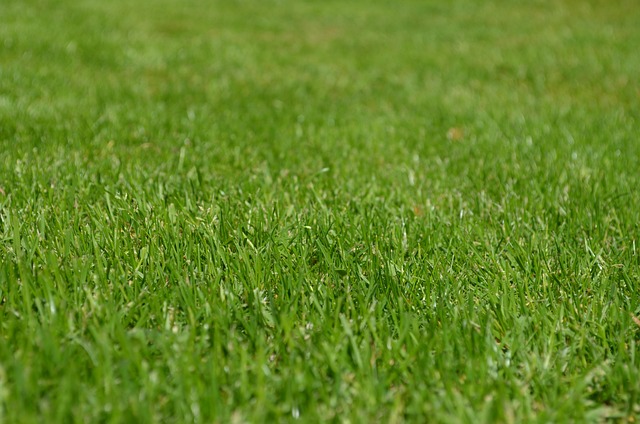Understanding yard waste composition is key for effective disposal and recycling strategies, reducing environmental impact. Segregating materials like grass clippings and leaves creates nutrient-rich soil amendments. Investing in quality tools and designated areas simplifies sorting practices. Transforming lawn debris into resources through composting or innovative uses promotes sustainability, preventing waste from ending up in landfills. Homeowners can adopt these methods for eco-friendly yard waste removal and recycling.
Tired of struggling with lawn debris disposal? This guide helps you transform yard waste into valuable resources. We break down the process into three simple steps: understanding your yard waste composition, employing efficient collection and sorting methods, and discovering creative ways to reuse or recycle materials. By adopting these practices, you’ll not only reduce Yard Waste Removal but also contribute to a greener environment through Recycling potential.
- Understanding Yard Waste Composition and Recycling Potential
- Efficient Methods for Collecting and Sorting Debris
- Creative Ways to Reuse and Recycle Lawn Materials
Understanding Yard Waste Composition and Recycling Potential

Yard waste, a term that encompasses grass clippings, leaves, and small branches, is a natural by-product of well-maintained yards and gardens. Understanding its composition is key to effective disposal and recycling strategies. Different materials within yard waste have distinct properties and recycling potential. Grass clippings, for instance, are rich in nitrogen, while leaves provide carbon. Proper segregation and composting these elements can create nutrient-rich soil amendments beneficial for gardening.
Recycling yard waste not only reduces the volume of debris sent to landfills but also minimizes environmental impact. Many municipalities offer curb-side collection for compostable materials, making yard waste removal more convenient than ever. By embracing sustainable practices, homeowners can play a significant role in diverting organic matter from landfills, contributing to local ecosystem health and promoting a circular economy.
Efficient Methods for Collecting and Sorting Debris

Efficient methods for collecting and sorting debris are essential aspects of lawn debris disposal made easy. Implementing a structured approach ensures that yard waste removal and recycling become seamless processes. Start by investing in quality tools like lightweight, durable bags designed for easy collection and transport. These bags not only simplify the task but also promote responsible practices by encouraging separation at the source.
Sorting is key to maximizing the benefits of yard waste recycling. Create designated areas or containers for different types of debris: grass clippings, leaves, twigs, and even kitchen scraps if composting is an option. Clear signage can help family members or neighbors quickly understand the sorting system in place. This systematic approach not only streamlines disposal but also contributes to a greener environment through proper yard waste management and recycling.
Creative Ways to Reuse and Recycle Lawn Materials

Many lawn debris, often considered mere waste, can be transformed into valuable resources through creative reuse and recycling methods. Instead of relying on traditional yard waste removal services, consider the environmental benefits of repurposing your lawn clippings and trimmings. One simple idea is to compost them, creating a rich nutrient-packed material that can enhance soil fertility for a greener, healthier garden.
For a more innovative approach, explore options like turning grass clippings into biofuel or using wood chips from tree trimmings as mulch or for pathways. Local recycling centers and community gardens often have programs in place to accept such materials, ensuring they don’t end up in landfills. Embracing these eco-friendly practices not only reduces the environmental impact of yard waste but also promotes a more sustainable lifestyle.
Lawn debris disposal no longer has to be a chore. By understanding yard waste composition, employing efficient collection methods, and exploring creative recycling options, you can transform lawn materials into valuable resources. Embracing these practices not only reduces environmental impact but also contributes to sustainable yard waste removal and recycling in your community. Start making the most of your lawn care today!



